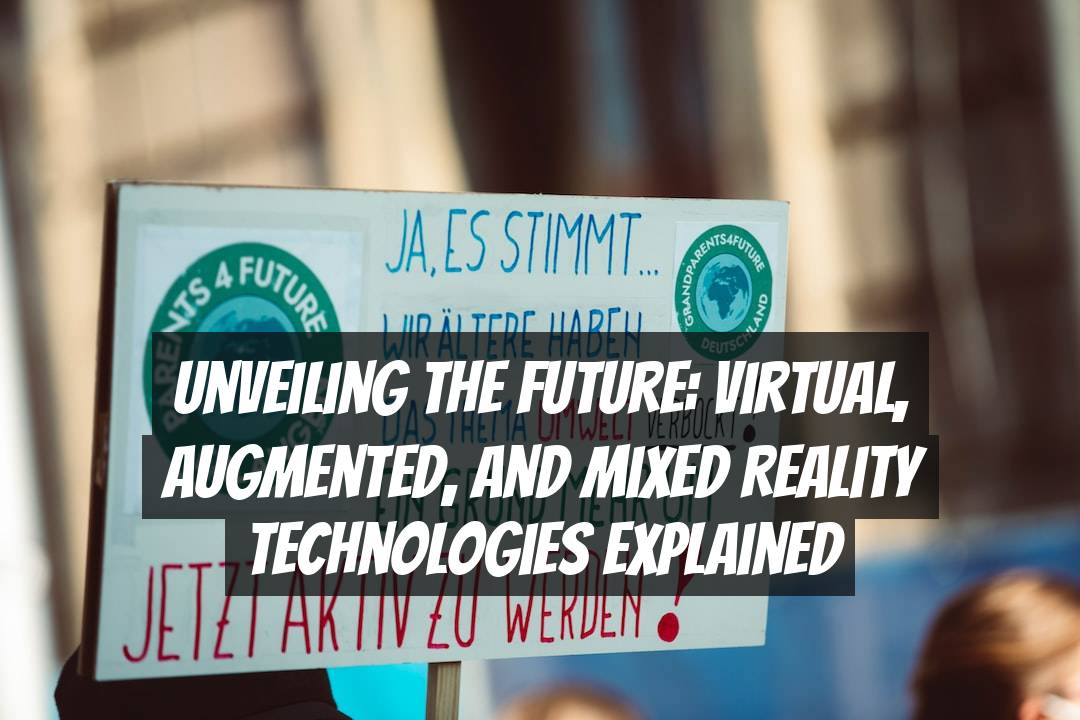How Virtual Reality, Augmented Reality, and Mixed Reality Work
Virtual reality (VR) technology creates immersive experiences by replacing your surroundings with virtual ones. When you put on a VR headset, sensors in the device track your head movements. The headset displays stereo 3D images, giving you a sense of depth and immersion. Spatial audio from built-in headphones or speakers enhances the realistic experience. Handheld controllers allow you to interact with the virtual environment, with the system tracking your positions and motions.
Augmented reality (AR) adds virtual elements to the real world, enhancing your perception and engagement with your surroundings. You can experience AR through smartphones, tablets, or special AR glasses. The device’s camera records the real environment, while gyroscopes and accelerometers monitor its orientation and location. AR software analyzes the camera feed, identifying objects and characteristics. Virtual objects, text, or images are then superimposed on your screen or through AR glasses. You can interact with these virtual components using touchscreens, gestures, or voice commands.
Mixed reality (MR) combines VR and AR, allowing you to interact with virtual items while still being aware of your physical environment. MR headsets have cameras, sensors, and displays. The system maps the physical area using cameras and sensors, digitally representing the surroundings. Virtual objects are rendered and fixed in place in your field of view, enabling natural interaction and occlusion with the real environment. You can modify and interact with virtual items while still viewing and engaging with the real world.
Key Points:
- VR replaces your surroundings with virtual ones, providing a realistic and immersive experience.
- AR adds virtual elements to the real world, enhancing your perception and engagement.
- MR combines VR and AR, allowing interaction with virtual items while aware of your physical environment.
- VR headsets track your head movements and display stereo 3D images.
- AR glasses or devices use cameras to record the real environment and overlay virtual objects.
Hot Take:
Virtual reality, augmented reality, and mixed reality are revolutionizing the way we interact with technology and our surroundings. These immersive experiences have the potential to enhance various industries, including gaming, education, and healthcare. As the technology continues to evolve, we can expect even more innovative applications and advancements in VR, AR, and MR.
Coinan Porter stands as a notable crypto analyst, accomplished researcher, and adept editor, carving a significant niche in the realm of cryptocurrency. As a skilled crypto analyst and researcher, Coinan’s insights delve deep into the intricacies of digital assets, resonating with a wide audience. His analytical prowess is complemented by his editorial finesse, allowing him to transform complex crypto information into digestible formats.

